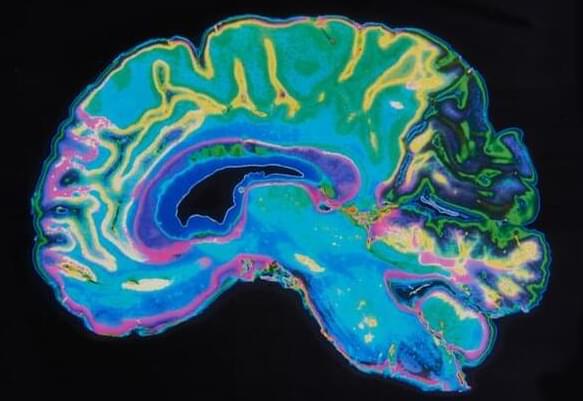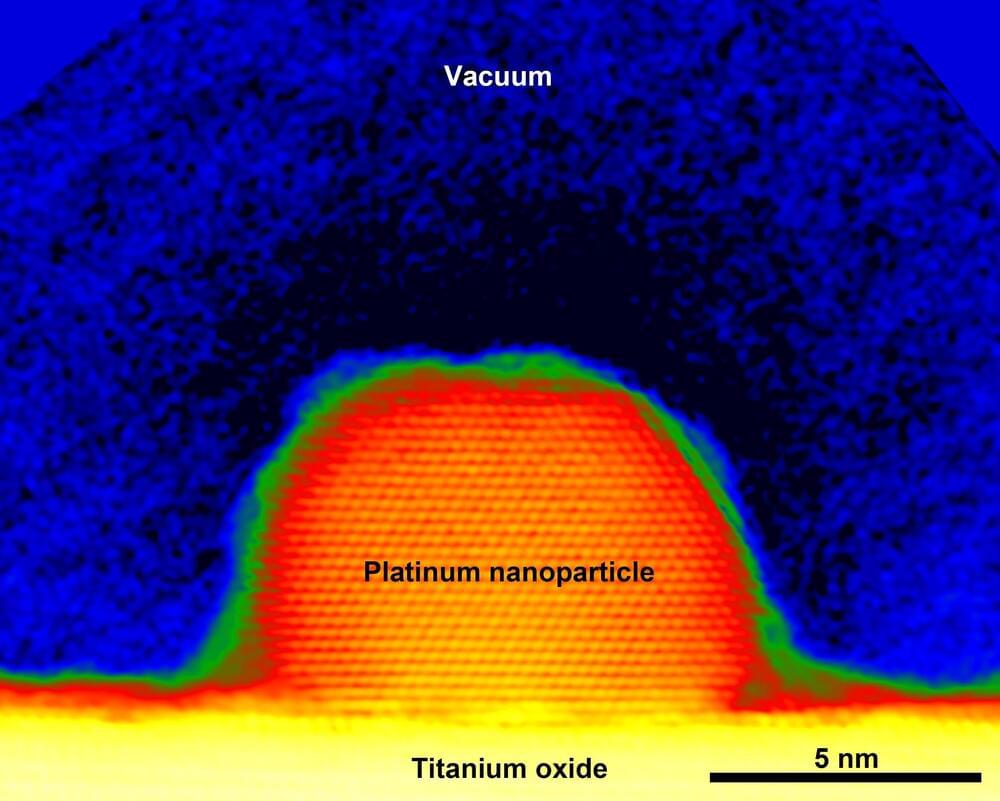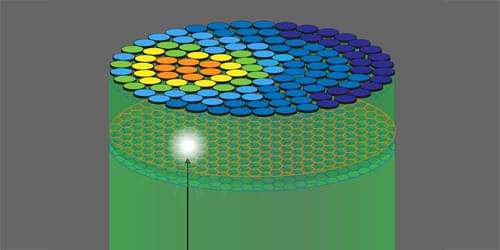Join cosmologist Laura Mersini-Houghton as she discusses her ground-breaking theory, and how her path from communist Albania helped her become one of the most courageous thinkers on the world stage of theoretical physics. Watch the Q&A for this video here: https://youtu.be/6xpVP_ITEYE
Laura’s book “Before the Big Bang: The Origin of Our Universe from the Multiverse” is available to purchase now: https://geni.us/2TDDa.
Subscribe for regular science videos: http://bit.ly/RiSubscRibe.
The multiverse has gone from philosophical speculation to one of the most compelling and credible explanations of our universe’s origins.
In this talk, Laura interweaves her unconventional journey with reshaping our understanding of humanity’s places in the unfathomable vastness of the cosmos.
This lecture was filmed on 3 August 2022.
0:00 Introduction.






